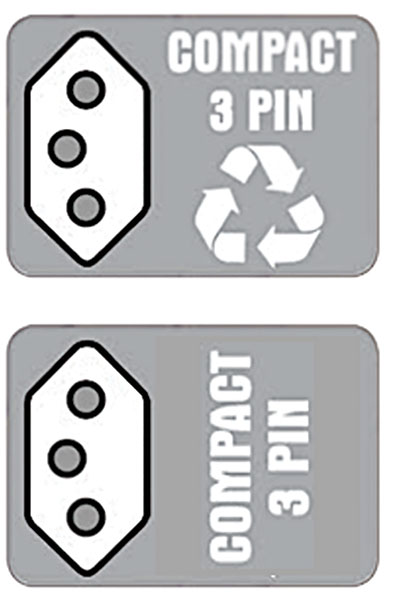
The increased use of devices and appliances has resulted in the increased use of adaptors as well as adaptors-on-adaptors in South Africa. This creates a risk of fires, short circuiting and damage or malfunction of appliances. South African National Standard (SANS) 164-0 covers the specific requirements for plugs, sockets and adaptors and will lead to a new range of plugs and sockets in South Africa. The South African Bureau of Standards (SABS) demonstrated the new range of plugs and sockets in a virtual media briefing held in early October.

“With the array of appliances and devices that have become commonplace in today’s world, it is critical to ensure that the plugs and sockets are also changing to accommodate the more compact designs of plugs. New homes and offices should be fitted with the sockets according to the latest revision of SANS 164-0 and the different parts. We need to be aware of the improved switching arrangements of switched socket outlets, the inclusion of SANS 164-2, compact design for 16 A plugs and most importantly the warnings that advise consumers not to use multiple adaptors plugged into one another,” says Jodi Scholtz, lead administrator of SABS.


The revisions to the standard, published in July 2020, incorporate changes in technology covered in SANS 60884-1: Plugs and socket outlets for household and similar purposes. SANS 60884-1 is an adoption of the International Electrotechnical Commission (IEC) 60884-1 standard which also covers the general requirements for plugs and socket outlets.
New socket installations
In the last few years, various iterations of the new design have been available on the market (some of which are shown in Figure 1), which accommodate the following types of plugs:
• 3-pin plugs (old type).
• Compact 3-pin plugs.
• USB outlets.
• Switches.
Summary of the amendments in SANS 164-0
• Reducing the minimum clearance of an adaptor body to socket outlet surface to 8,0 mm from 12,0 mm.
• Introducing the symbol for adaptors not permitted to be plugged into one another in order to avoid straining the socket outlet. This was due to a safety risk to the consumer as the straining of the socket outlet can cause a short circuit between the neutral and live pins. This symbol has to be embossed on the adaptor to warn consumers on the danger of plugging adaptors into one another.
• Examples are provided to show how multiple switched socket outlets for fixed installation should be switched.
• Since 2018 the wiring code (SANS 10142-1)
requires socket outlets in electrical installations to meet SANS 164-2, at every socket outlet point, however other configurations (such as SANS 164-1) may also be installed onto the same outlet.
• The changes in SANS 164-0 are generic to all the SANS 164 series of standards, namely Part 1 to Part 6. This means that SANS 164 series plugs and socket outlets have to comply with SANS 164-0.
The SANS 164 series falls under SABS Technical Committee (TC) 067 Sub-committee (SC) 03 titled ‘Electricity distribution systems and components: Electrical accessories’. The scope of the TC covers standards for electrical accessories such as switches, plugs and socket outlets, home automation devices, connectors, adaptors, couplers, cord extension sets and conduits (cable management systems) for use in household and similar low-voltage applications.
The TC067 SC03 consists of representatives from associations, manufacturers, regulators, power utility, testing laboratories, government departments and academic institutions. Should any member of the public be interested in joining the SC, they are welcome to submit their interest via www.sabs.co.za.
© Technews Publishing (Pty) Ltd | All Rights Reserved